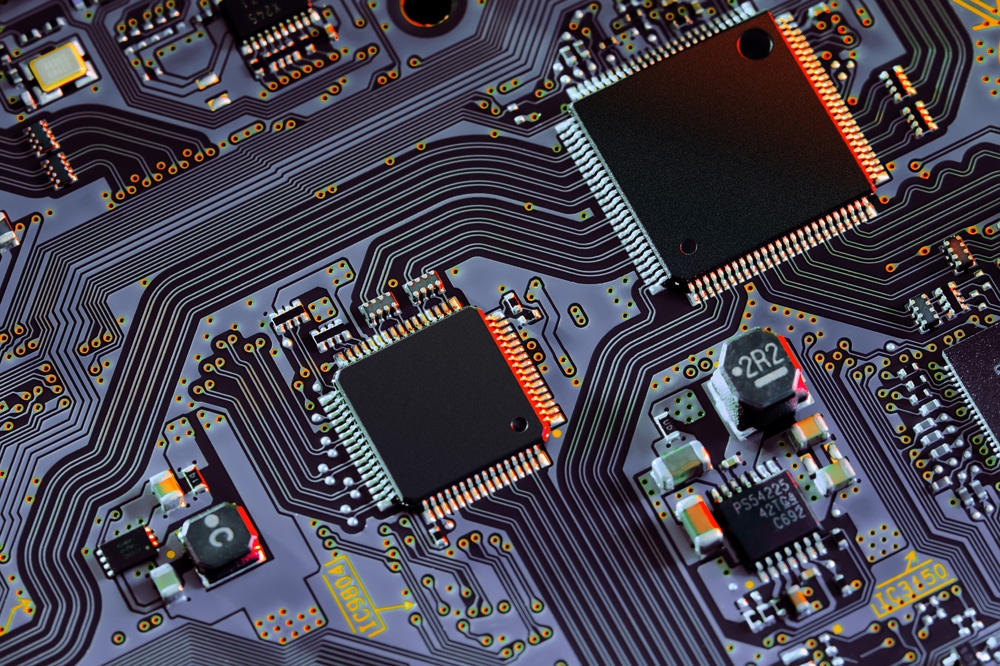Fraunhofer IMS advances biohybrid optical nanosensors for real-world applications

Fraunhofer Institute for Microelectronic Circuits and Systems (IMS) has completed the InsituBIOS project, establishing a strong foundation for biohybrid nanosensor and biophotonic innovation. Supported by the Fraunhofer Attract program, the project created a modern laboratory ecosystem and delivered key results toward diagnostic and environmental sensing applications.
InsituBIOS focused on biohybrid nanosensors that detect biological and chemical species quickly and directly using near-infrared optical signals (780–1700 nm). These sensors enable non-contact measurements through tissue and fluids, offering new possibilities in infection diagnostics, disease monitoring, and pollutant detection.
Fraunhofer IMS expanded its facilities with over 170 m² of new lab space, supporting nanosensor fabrication, testing, and optical analysis. The project achieved TRL 4 prototypes, 21 publications, and 5 invention disclosures, demonstrating strong progress toward commercialization.
Building on expertise in biophotonics, smart surfaces, and hyperspectral NIR imaging, Fraunhofer IMS now aims to collaborate with industry and healthcare partners to bring scalable optical sensing systems to market.































